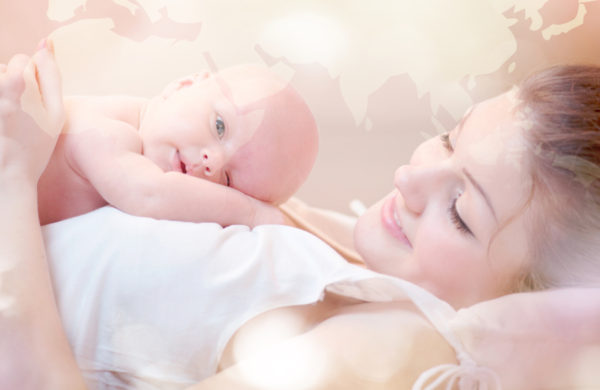This week, we will discuss about placenta consumption in the North and South America. For the Navajo Indians, it is customary to bury a child’s placenta together with objects within the sacred four corners of the tribe’s ancestral land. In Hawaii, the placenta is washed, and then buried under the tree as a religious ritual. This will bind the child to his or her homeland. The placenta is also sacred and must be handled in a sacred manner to provide for the physical health of the child.
In some regions of South America, the placenta is burned after birth to neutralise it and is planted in the ground to protect it from evil spirits. This is also obvious for the Bolivian Aymara and Quecha people who believe the placenta has its own spirit. In New Zealand, the Maori placenta or whenua as a gift to Papa Tua Nuku or Mother Earth. In Maori, the word for land and placenta are the same (whenua) and illustrates the connection between them. It is usually planted with a tree on family land.

Recent Comments